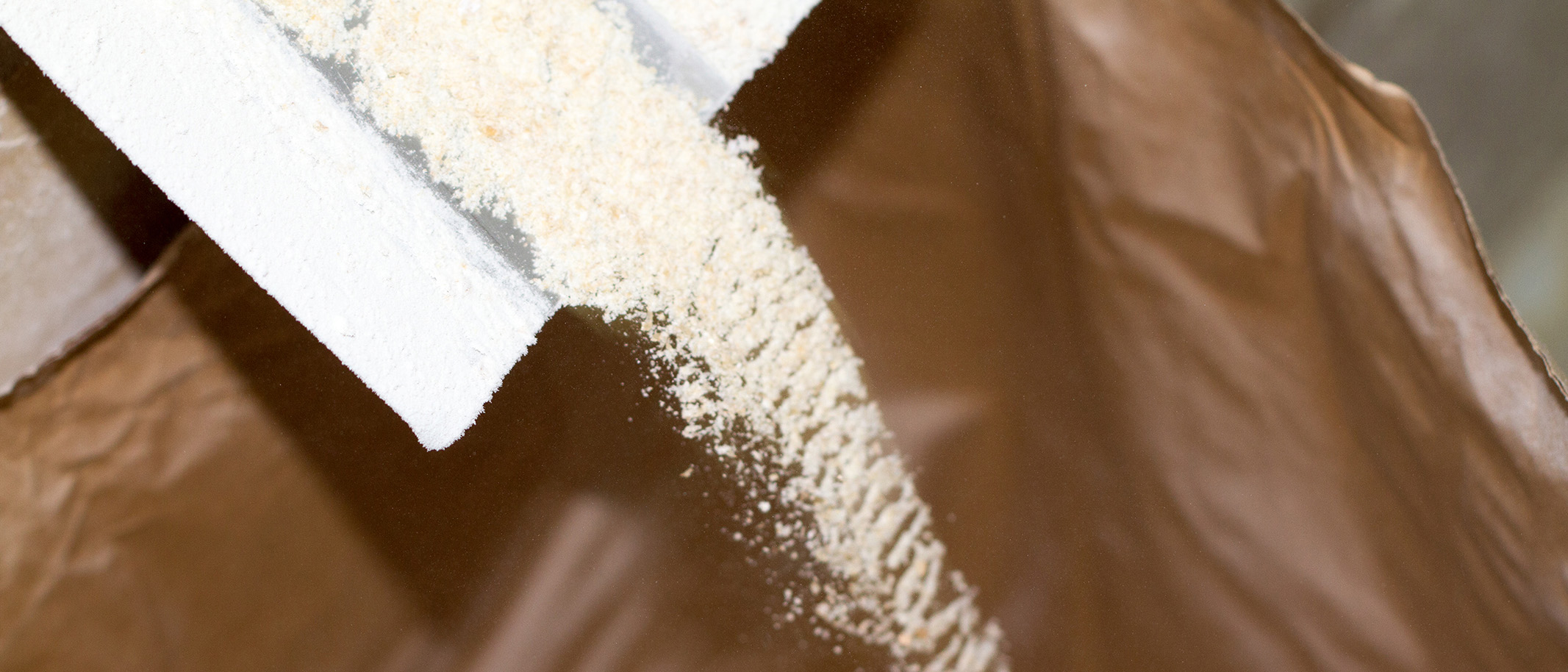Food Contact Guideline 2025
Food Contact Guideline, May 2025
Guide du contact alimentaire, Mai 2025
Leitfaden für den Lebensmittelkontakt, Mai 2025


From flour to powdered milk and coffee to cocoa – paper sacks offer ideal product and hygiene protection for powdered food products. Besides specific requests from customers or regarding the product itself, paper sack producers face many legal requirements that ensure hygiene and prevent any possible harm to health along the supply chain. Adding to that, the natural properties of paper sacks yield benefits.
To meet all the individual requirements, paper sacks can be constructed in different ways and with different materials. Typical constructions/solutions are open-mouth or valve sacks, with starch-based glue and water-based inks used in order to avoid contamination risks. Not only the type of food stored within the sack, but also the conditions of use, storage time and temperature have to be taken into account.
Porosity prevents mould
One example are paper sacks for flour or starch. To prevent mould formation, they need to interact with air and moisture. Thanks to their natural porosity, paper sacks enable the products to “breathe”. The air can escape from the sack while at the same time protecting the contents securely from outside influences.
With its Food Contact Guideline, the European Paper Sack Research Group (ESG), a collaboration between EUROSAC and CEPI Eurokraft, supports paper sack manufacturers in meeting all regulations. The publication summarises the relevant regulations at both EU and national levels and gives an overview of the procedures required to collect, evaluate and document all the necessary information. Furthermore, it states under which conditions migration testing and the issuing of compliance documents is required.
The 4th edition of May 2025 includes updates on key regulations, a new annex on specific substances such as PFAS and BPA, a practical guidance for multi-material paper sack compositions and a clear seven step compliance approach. It is available in English, French, German, Italian, and now also in Spanish!
Food Contact Guideline, May 2025
Guide du contact alimentaire, Mai 2025
Leitfaden für den Lebensmittelkontakt, Mai 2025
EUROSAC in the media: Packaging food hygienically and safely in a paper sack